UA |
User Agent |
In computing, a user agent is software (a software agent) that is acting on behalf of a user. One common use of the term refers to a web browser telling a website information about the browser and operating system. This allows the website to customize content for the capabilities of a particular device, but also raises privacy issues.
There are other uses of the term "user agent". For example, an email reader is a mail user agent. In many cases, a user agent acts as a client in a network protocol used in communications within a client–server distributed computing system. In particular, the Hypertext Transfer Protocol (HTTP) identifies the client software originating the request, using a user-agent header, even when the client is not operated by a user. The Session Initiation Protocol (SIP) protocol (based on HTTP) followed this usage. In the SIP, the term user agent refers to both end points of a communications session. |
Ubiquitous Language |
|
Striving to use the vocabulary of a given business domain, not only in discussions about the requirements for a software product, but in discussions of design as well and all the way into "the product's source code itself." |
UDP |
User Datagram Protocol |
In computer networking, the User Datagram Protocol (UDP) is one of the core members of the Internet protocol suite. The protocol was designed by David P. Reed in 1980 and formally defined in RFC 768. With UDP, computer applications can send messages, in this case referred to as datagrams, to other hosts on an Internet Protocol (IP) network. Prior communications are not required in order to set up communication channels or data paths.
UDP uses a simple connectionless communication model with a minimum of protocol mechanism. UDP provides checksums for data integrity, and port numbers for addressing different functions at the source and destination of the datagram. It has no handshaking dialogues, and thus exposes the user's program to any unreliability of the underlying network; There is no guarantee of delivery, ordering, or duplicate protection. If error-correction facilities are needed at the network interface level, an application may use Transmission Control Protocol (TCP) or Stream Control Transmission Protocol (SCTP) which are designed for this purpose.
UDP is suitable for purposes where error checking and correction are either not necessary or are performed in the application; UDP avoids the overhead of such processing in the protocol stack. Time-sensitive applications often use UDP because dropping packets is preferable to waiting for packets delayed due to retransmission, which may not be an option in a real-time system.
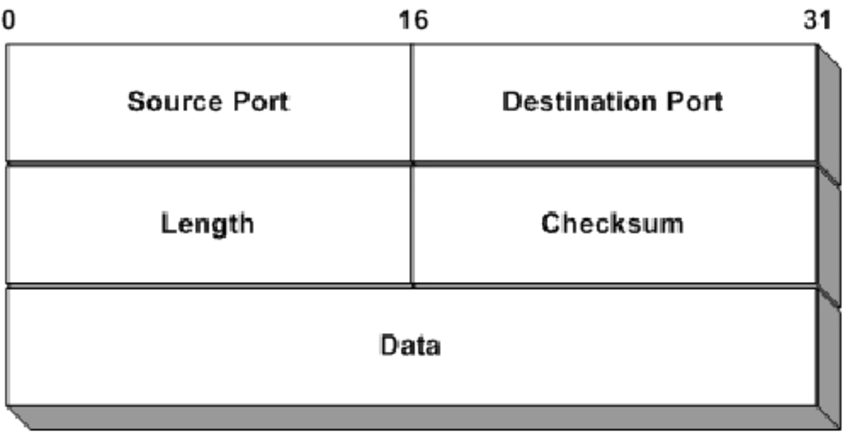
|
UER |
Universal Edge Router |
What Juniper call their BRASs. |
UML |
|
The Unified Modeling Language (UML) is a general-purpose, developmental, modeling language in the field of software engineering, that is intended to provide a standard way to visualize the design of a system.
The creation of UML was originally motivated by the desire to standardize the disparate notational systems and approaches to software design. It was developed by Grady Booch, Ivar Jacobson and James Rumbaugh at Rational Software in 1994–1995, with further development led by them through 1996.
In 1997 UML was adopted as a standard by the Object Management Group (OMG), and has been managed by this organization ever since. In 2005 UML was also published by the International Organization for Standardization (ISO) as an approved ISO standard.[2] Since then the standard has been periodically revised to cover the latest revision of UML.
Design
UML offers a way to visualize a system's architectural blueprints in a diagram, including elements such as:
- any activities (jobs);
- individual components of the system;
- and how they can interact with other software components;
- how the system will run;
- how entities interact with others (components and interfaces);
- external user interface.
Although originally intended for object-oriented design documentation, UML has been extended to a larger set of design documentation (as listed above),and been found useful in many contexts.
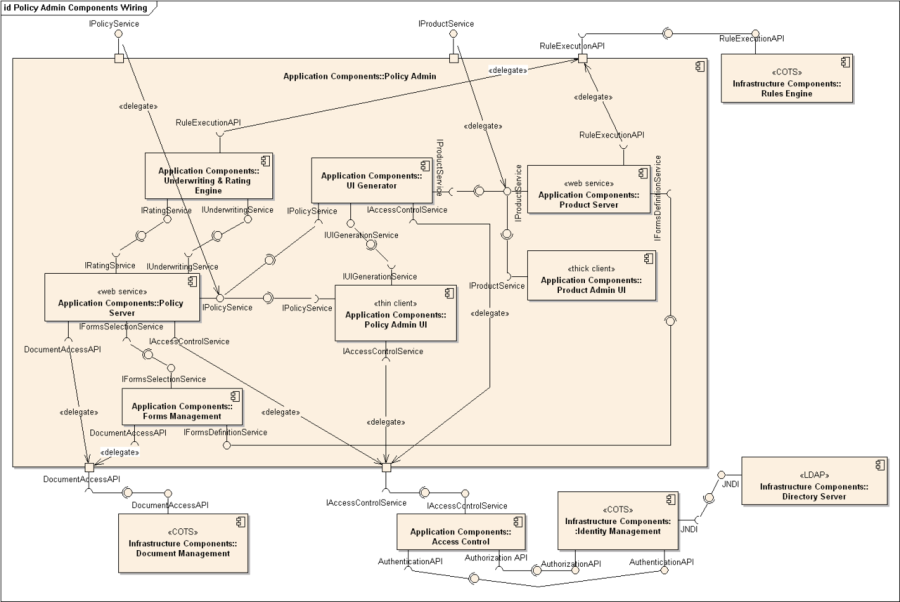
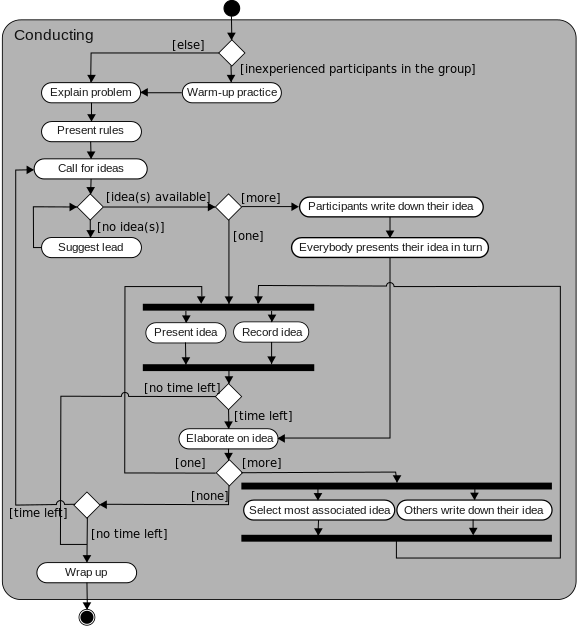

|
UMTS |
Universal Mobile Telecommunications System |
The Universal Mobile Telecommunications System (UMTS) is a third generation mobile cellular system for networks based on the GSM standard. Developed and maintained by the 3GPP (3rd Generation Partnership Project), UMTS is a component of the International Telecommunications Union IMT-2000 standard set and compares with the CDMA2000 standard set for networks based on the competing cdmaOne technology. UMTS uses wideband code division multiple access (W-CDMA) radio access technology to offer greater spectral efficiency and bandwidth to mobile network operators.
UMTS specifies a complete network system, which includes the radio access network (UMTS Terrestrial Radio Access Network, or UTRAN), the core network (Mobile Application Part, or MAP) and the authentication of users via SIM (subscriber identity module) cards.
The technology described in UMTS is sometimes also referred to as Freedom of Mobile Multimedia Access (FOMA) or 3GSM. |
UNI |
User–network interface |
See NNI
In telecommunications, a User Network Interface (UNI) is a demarcation point between the responsibility of the service provider and the responsibility of the subscriber. This is distinct from a Network to Network Interface (NNI) that defines a similar interface between provider networks.

|
unicast |
|
In computer networking, unicast refers to a one-to-one transmission from one point in the network to another point; that is, one sender and one receiver, each identified by a network address.
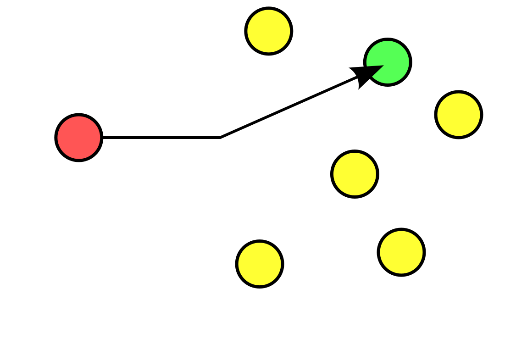
|
Unicode |
|
Unicode is a computing industry standard for the consistent encoding, representation, and handling of text expressed in most of the world's writing systems. The standard is maintained by the Unicode Consortium, and as of June 2018 the most recent version, Unicode 11.0, contains a repertoire of 137,439 characters covering 146 modern and historic scripts, as well as multiple symbol sets and emoji. The character repertoire of the Unicode Standard is synchronized with ISO/IEC 10646, and both are code-for-code identical.
The Unicode Standard consists of a set of code charts for visual reference, an encoding method and set of standard character encodings, a set of reference data files, and a number of related items, such as character properties, rules for normalization, decomposition, collation, rendering, and bidirectional display order (for the correct display of text containing both right-to-left scripts, such as Arabic and Hebrew, and left-to-right scripts).
Unicode's success at unifying character sets has led to its widespread and predominant use in the internationalization and localization of computer software. The standard has been implemented in many recent technologies, including modern operating systems, XML, Java (and other programming languages), and the .NET Framework.
Unicode can be implemented by different character encodings. The Unicode standard defines UTF-8, UTF-16, and UTF-32, and several other encodings are in use. The most commonly used encodings are UTF-8, UTF-16 and UCS-2, a precursor of UTF-16.
UTF-8, dominantly used by websites (over 91%), uses one byte for the first 128 code points, and up to 4 bytes for other characters. The first 128 Unicode code points are the ASCII characters, which means that any ASCII text is also a UTF-8 text.
UCS-2 uses two bytes (16 bits) for each character but can only encode the first 65,536 code points, the so-called Basic Multilingual Plane (BMP). With 1,114,112 code points on 17 planes being possible, and with over 137,000 code points defined so far, many Unicode characters are beyond the reach of UCS-2. Therefore, UCS-2 is obsolete, though still widely used in software. UTF-16 extends UCS-2, by using the same 16-bit encoding as UCS-2 for the Basic Multilingual Plane, and a 4-byte encoding for the other planes. As long as it contains no code points in the reserved range U+D800–U+DFFF, a UCS-2 text is a valid UTF-16 text.
UTF-32 (also referred to as UCS-4) uses four bytes for each character. Like UCS-2, the number of bytes per character is fixed, facilitating character indexing; but unlike UCS-2, UTF-32 is able to encode all Unicode code points. However, because each character uses four bytes, UTF-32 takes significantly more space than other encodings, and is not widely used. |
Unified Communications |
|
Unified communications (UC) is a business and marketing concept describing the integration of enterprise communication services such as instant messaging (chat), presence information, voice (including IP telephony), mobility features (including extension mobility and single number reach), audio, web & video conferencing, fixed-mobile convergence (FMC), desktop sharing, data sharing (including web connected electronic interactive whiteboards), call control and speech recognition with non-real-time communication services such as unified messaging (integrated voicemail, e-mail, SMS and fax). UC is not necessarily a single product, but a set of products that provides a consistent unified user interface and user experience across multiple devices and media types.
In its broadest sense, the UC can encompass all forms of communications that are exchanged via a network to include other forms of communications such as Internet Protocol Television (IPTV) and digital signage Communications as they become an integrated part of the network communications deployment and may be directed as one-to-one communications or broadcast communications from one to many.
UC allows an individual to send a message on one medium and receive the same communication on another medium. For example, one can receive a voicemail message and choose to access it through e-mail or a cell phone. If the sender is online according to the presence information and currently accepts calls, the response can be sent immediately through text chat or a video call. Otherwise, it may be sent as a non-real-time message that can be accessed through a variety of media. |
Unified Modeling Language |
UML |
A defined set of rules, concepts, and notations used to specify object-oriented systems |
Unit Test |
|
Lowest level component test for a system. |
Unit Testing |
|
A unit test is a short program fragment written and maintained by the developers on the product team, which exercises some narrow part of the product's source code and checks the results. |
Unix |
|
Unix is a family of multitasking, multiuser computer operating systems that derive from the original AT&T Unix, development starting in the 1970s at the Bell Labs research center by Ken Thompson, Dennis Ritchie, and others.
Initially intended for use inside the Bell System, AT&T licensed Unix to outside parties in the late 1970s, leading to a variety of both academic and commercial Unix variants from vendors including University of California, Berkeley (BSD), Microsoft (Xenix), IBM (AIX), and Sun Microsystems (Solaris). In the early 1990s, AT&T sold its rights in Unix to Novell, which then sold its Unix business to the Santa Cruz Operation (SCO) in 1995. The UNIX trademark passed to The Open Group, a neutral industry consortium, which allows the use of the mark for certified operating systems that comply with the Single UNIX Specification (SUS). As of 2014, the Unix version with the largest installed base is Apple's macOS.
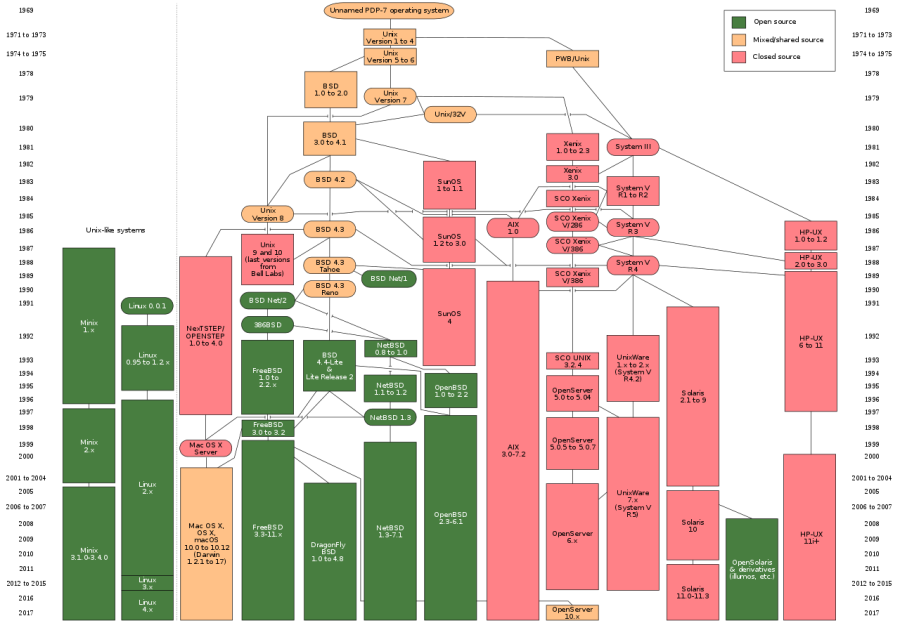
|
Update |
|
Any foreseen or planned activity necessary to bring an artifact up to date with current project needs. Compare to rework. |
Upstream |
|
In computer networking, upstream refers to the direction in which data can be transferred from the client to the server (uploading). This differs greatly from downstream not only in theory and usage, but also in that upstream speeds are usually at a premium. Whereas downstream speed is important to the average home user for purposes of downloading content, uploads are used mainly for web server applications and similar processes where the sending of data is critical. Upstream speeds are also important to users of peer-to-peer software.
ADSL and cable modems are asymmetric, with the upstream data rate much lower than that of its downstream. Symmetric connections such as Symmetric Digital Subscriber Line (SDSL) and T1, however, offer identical upstream and downstream rates.
If a node A on the Internet is closer (fewer hops away) to the Internet backbone than a node B, then A is said to be upstream of B or conversely, B is downstream of A. Related to this is the idea of upstream providers. An upstream provider is usually a large ISP that provides Internet access to a local ISP. Hence, the word upstream also refers to the data connection between two ISPs |
Upstream |
|
Used to refer to project activities and artifacts that occur early in a project lifecycle. Includes chartering, planning, defining scope and requirements, architecture and high level design, and any other activities that occur to some extent before significant construction begins. See downstream. |
URI |
Uniform Resource Identifier |
URIs encompasses both URLs, URNs, and other ways to indicate a resource.
An example of a URI that is neither a URL nor a URN would be a data URI such as data:,Hello%20World. It is not a URL or URN because the URI contains the data. It neither names it, nor tells you how to locate it over the network.
There are also uniform resource citations (URCs) that point to meta data about a document rather than to the document itself. An example of a URC would be an indicator for viewing the source code of a web page: view-source:
http://example.com/
. A URC is another type of URI that is neither URL nor URN.
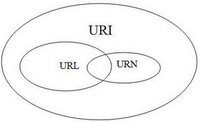
|
URL |
Universal (or Uniform) Resource Locator |
Contains information about how to fetch a resource from its location. For example:
|
URN |
Uniform Resource |
Identifies a resource by name. It always starts with the prefix urn: For example:
- urn:isbn:0451450523 to identify a book by its ISBN number.
- urn:uuid:6e8bc430-9c3a-11d9-9669-0800200c9a66 a globally unique identifier
- urn:publishing:book - An XML namespace that identifies the document as a type of book.
URNs can identify ideas and concepts. They are not restricted to identifying documents. When a URN does represent a document, it can be translated into a URL by a "resolver". The document can then be downloaded from the URL.
|
Usability Testing |
|
Usability testing is an empirical, exploratory technique to answer questions such as "how would an end user respond to our software under realistic conditions?" |
Use Case |
|
A single use of the system depicted as an interaction between the user and the system. |
Use Case Model |
|
An external view of the system used to describe the dialog between the users of the system and the system. |
Use Case Specification |
|
The documentation required to capture a use case. |
User Experience |
UX |
Describes the total experience of human-machine interface. Includes user interface and aesthetic issues that may not normally be considered as part of user interface design. |
User Interface |
UI |
The interface between a system and its external users. Normally used to describe interaction of the system with human operators. |
User Interface Design |
|
Design issues specific to human-machine interfaces. See CxStand_Design for more information. |
User Interface Prototype |
|
A prototype created to explore the user interface functionality or look and feel. |
User Plane |
|
In routing, the forwarding plane, sometimes called the data plane or user plane, defines the part of the router architecture that decides what to do with packets arriving on an inbound interface. Most commonly, it refers to a table in which the router looks up the destination address of the incoming packet and retrieves the information necessary to determine the path from the receiving element, through the internal forwarding fabric of the router, and to the proper outgoing interface(s). The IP Multimedia Subsystem architecture uses the term transport plane to describe a function roughly equivalent to the routing control plane.
 |
User Stories |
|
In consultation with the customer or product owner, the team divides up the work to be done into functional increments called "user stories." |
UTC |
Coordinated Universal Time |
Coordinated Universal Time or Universal Time Coordinated (abbreviated to UTC) is the primary time standard by which the world regulates clocks and time. It is within about 1 second of mean solar time at 0° longitude, and does not observe daylight saving time. For most purposes, UTC is considered interchangeable with Greenwich Mean Time (GMT), but GMT is no longer precisely defined by the scientific community. |
UTF-16 |
|
UTF-32 stands for Unicode Transformation Format in 32 bits. It is a protocol to encode Unicode code points that uses exactly 32 bits per Unicode code point (but a number of leading bits must be zero as there are fewer than 221 Unicode code points). UTF-32 is a fixed-length encoding, in contrast to all other Unicode transformation formats, which are variable-length encodings. Each 32-bit value in UTF-32 represents one Unicode code point and is exactly equal to that code point's numerical value.
The main advantage of UTF-32 is that the Unicode code points are directly indexed. Finding the Nth code point in a sequence of code points is a constant time operation. In contrast, a variable-length code requires sequential access to find the Nth code point in a sequence. This makes UTF-32 a simple replacement in code that uses integers that are incremented by one to examine each location in a string, as was commonly done for ASCII.
The main disadvantage of UTF-32 is that it is space-inefficient, using four bytes per code point. Characters beyond the BMP are relatively rare in most texts, and can typically be ignored for sizing estimates. This makes UTF-32 close to twice the size of UTF-16. It can be up to four times the size of UTF-8 depending on how many of the characters are in the ASCII subset. |
UTF-8 |
|
UTF-8 is a variable width character encoding capable of encoding all 1,112,064 valid code points in Unicode using one to four 8-bit bytes. The encoding is defined by the Unicode standard, and was originally designed by Ken Thompson and Rob Pike. The name is derived from Unicode (or Universal Coded Character Set) Transformation Format – 8-bit.
It was designed for backward compatibility with ASCII. Code points with lower numerical values, which tend to occur more frequently, are encoded using fewer bytes. The first 128 characters of Unicode, which correspond one-to-one with ASCII, are encoded using a single octet with the same binary value as ASCII, so that valid ASCII text is valid UTF-8-encoded Unicode as well. Since ASCII bytes do not occur when encoding non-ASCII code points into UTF-8, UTF-8 is safe to use within most programming and document languages that interpret certain ASCII characters in a special way, such as "/" in filenames, "\" in escape sequences, and "%" in printf.
UTF-8 has been the dominant character encoding for the World Wide Web since 2009, as it is most popular in every country, and as of July 2018 accounts for 91.9% of all web pages and 95.5% of the top 1,000 highest ranked web pages (some of which are simply ASCII, a subset of UTF-8). The next-most popular multibyte encodings, Shift JIS and GB 2312, have 0.5% and 0.5% respectively. The Internet Mail Consortium (IMC) recommended that all e-mail programs be able to display and create mail using UTF-8,and the W3C recommends UTF-8 as the default encoding in XML and HTML. |
UTRAN |
Universal Terrestrial Radio Access Network |
UTRAN (short for "Universal Terrestrial Radio Access Network") is a collective term for the network and equipment that connects mobile handsets to the public telephone network or the Internet. It contains the base stations, which are called Node B's and Radio Network Controllers (RNCs) which make up the UMTS radio access network. This communications network, commonly referred to as 3G (for 3rd Generation Wireless Mobile Communication Technology), can carry many traffic types from real-time Circuit Switched to IP based Packet Switched. The UTRAN allows connectivity between the UE (user equipment) and the core network.
The RNC provides control functionalities for one or more Node Bs. A Node B and an RNC can be the same device, although typical implementations have a separate RNC located in a central office serving multiple Node Bs. Despite the fact that they do not have to be physically separated, there is a logical interface between them known as the Iub. The RNC and its corresponding Node Bs are called the Radio Network Subsystem (RNS). There can be more than one RNS present in a UTRAN.
There are four interfaces connecting the UTRAN internally or externally to other functional entities: Iu, Uu, Iub and Iur. The Iu interface is an external interface that connects the RNC to the Core Network (CN). The Uu is also external, connecting the Node B with the User Equipment (UE). The Iub is an internal interface connecting the RNC with the Node B. And at last there is the Iur interface which is an internal interface most of the time, but can, exceptionally be an external interface too for some network architectures. The Iur connects two RNCs with each other.
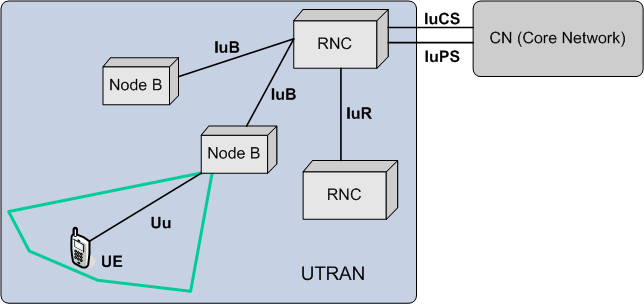
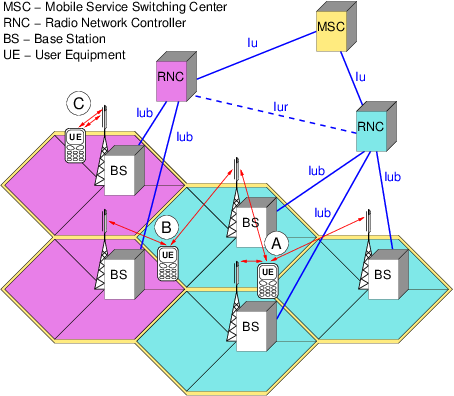
|








